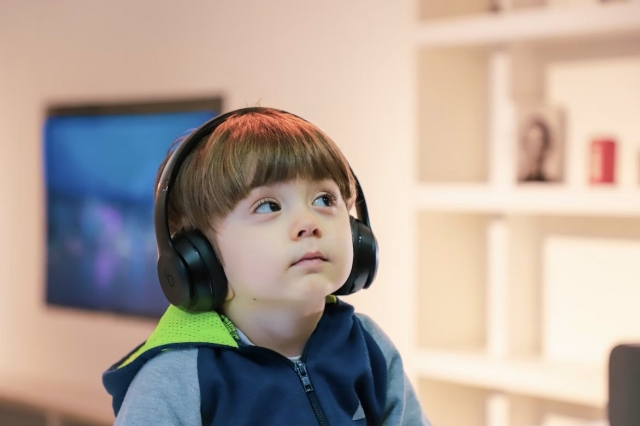Out of the many challenges that come with developmental disabilities in children, those related to communication can be the hardest to manage. Many people today are surprised by the fact that these conditions aren't as rare as they imagine.
For example, the CDC notes that autism now has an estimated prevalence of 1 in 31 among 8-year-olds in America. That's about 3.2% of children, which isn't an insignificant amount.
As a caregiver for a child with a developmental disability, whether that be autism, cerebral palsy, or Down syndrome, teaching communication can be challenging. In this article, let us look at some of the best strategies that you can start putting into practice today.
#1. Keep Communication Protocols Uniform
If you want any progress made with communication to last, one of the most important aspects is uniformity among caregivers. Suppose the child interacts with three different groups in his life: a speech therapist, siblings, and parents.
If the speech therapist uses one indicator for a phrase like “stop that,” but parents and siblings at home use something else, it's a problem. This is something that families need to remember when looking for support for their child with developmental disabilities.
As Caresphere notes, many families use such services to receive some much-needed caregiver respite, which can either be short or long-term in nature. In such situations, it's critical that the family and therapist update temporary caregivers about any existing communication strategies.
Of course, if caregivers are limited to the family, then ensure that the role of siblings is not overlooked. They can be amazing sources of learning for your child with special needs and can often show great patience.
One study found that sisters often take on daily caregiving tasks, such as helping with routines, managing behavior, and mediating between other siblings. However, the study also noted that such caregiving behavior is often unacknowledged and taken for granted, which naturally leads to emotional exhaustion.
Thus, take care to keep an eye on how every member is working in sync and no one person is being overwhelmed.
#2. Non-verbal Communication paired with Coregulation
Something that many people forget when trying to educate children with developmental disabilities is that communication is more than just speech. It's commonly understood that only 38% of speech is verbal. A lot of progress can be made by starting with the non-verbal side of communication.
Moreover, this also helps reduce some of the frustration that all parties experience. One study on the stress faced by parents of children with autism notes that the frustration can feel ‘relentless'. They note that feelings of helplessness and anxiety are strong when parents struggle to understand or manage their child's behavior.
For many children with developmental disabilities, rather than speech, the first priority ought to be emotional regulation. If you are trying to teach a child who feels overwhelmed, it's going to be nigh impossible to have any form of structured learning.
One strategy that can help with this is co-regulation. This is where the adult attempts to model calm breathing so that the child can slowly mirror and match a more controlled emotional state.
#3. Make Use of Technology and Digital Devices
While many parents and caregivers dislike the current trend of iPad kids and the overuse of tech, they can actually help in certain situations. Some children with developmental disabilities may not be comfortable with human interaction, but communicate more readily through a digital device.
There are several reasons for this. For one, tech has predictability and is consistent. This greatly reduces the social pressure that tends to inhibit communication. There's a buffer between the child and any demands of in-person interaction, which is useful as eye contact tends to be a challenge.
From the perspective of the parent or caregiver, symbol-based apps can be used to teach children to construct messages by tapping pictures. Digital devices can also be used to teach via recorded videos, as some find it easier to imitate behaviors from a screen than from an adult in real-time.
Other aspects, like gamified learning, also make tech immensely helpful to keep the child engaged while also constantly improving in communication.
Ultimately, there's no denying that teaching nonverbal children with developmental disabilities is going to be challenging. It's a process that requires immense patience from all parties. You might have to accept that moving toward verbal speech might be unlikely and adapt accordingly.
Throughout the entire process, try to remember that the last thing you want to do is let the child notice frustration or impatience. This can cause the child to withdraw, which is the last thing you want.






